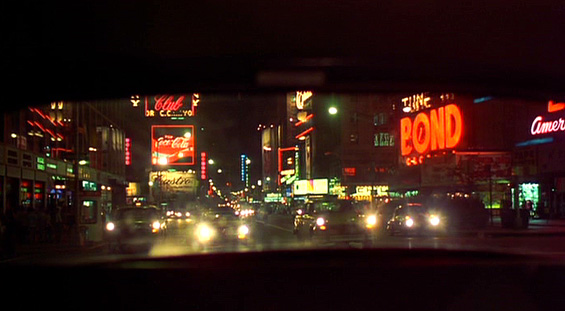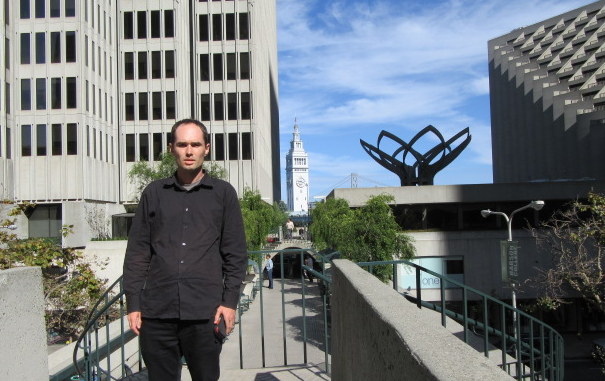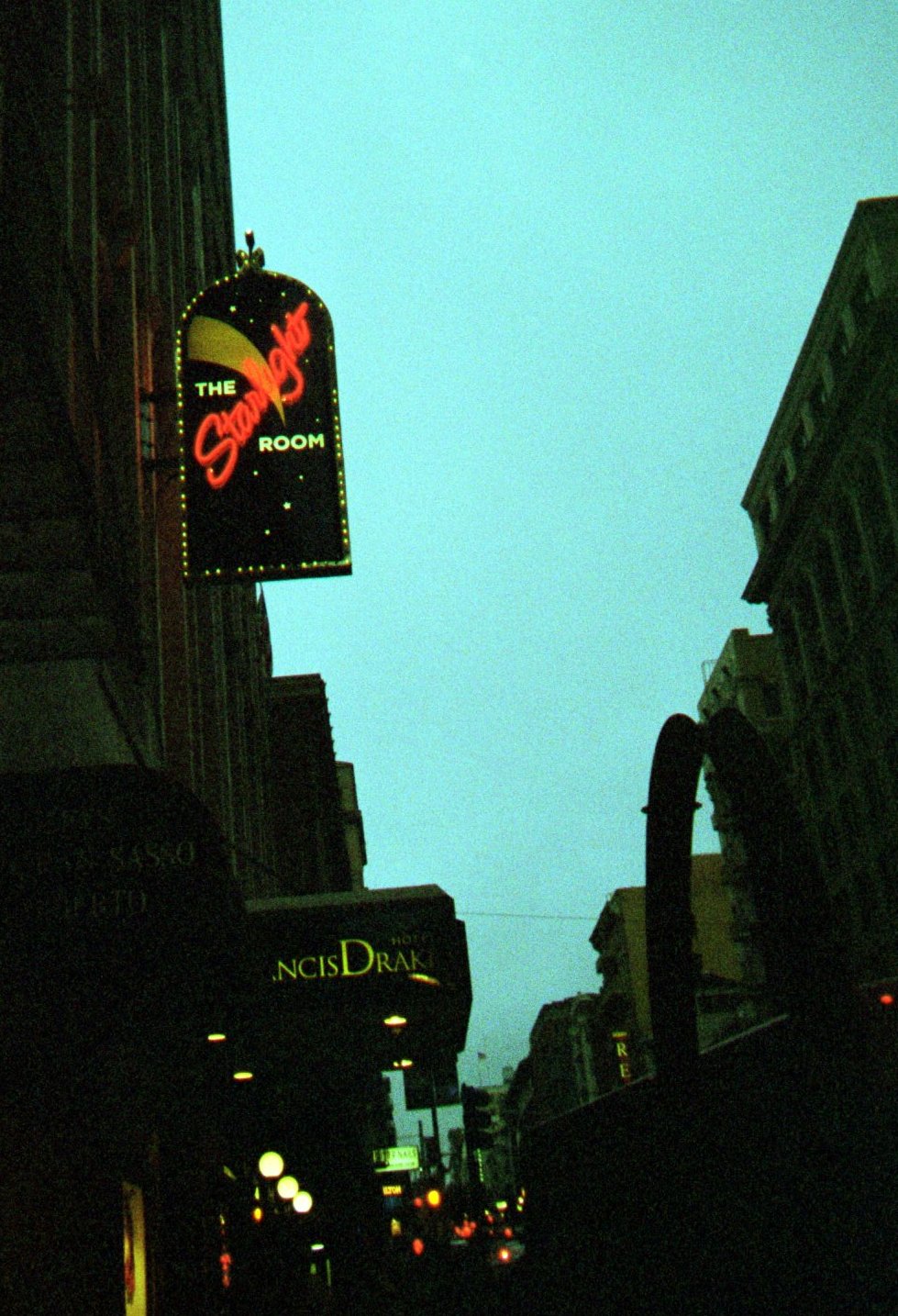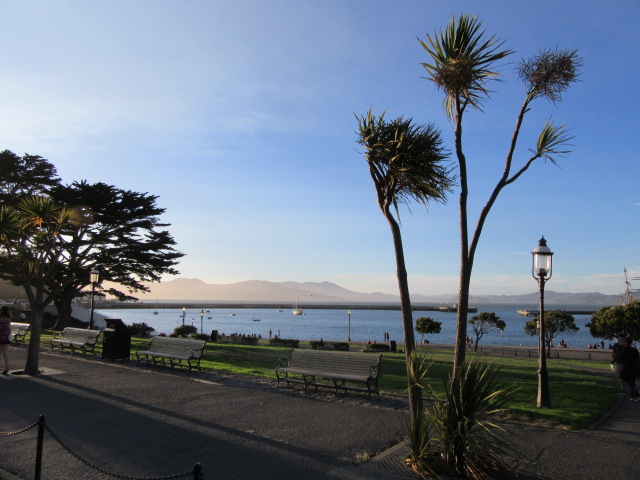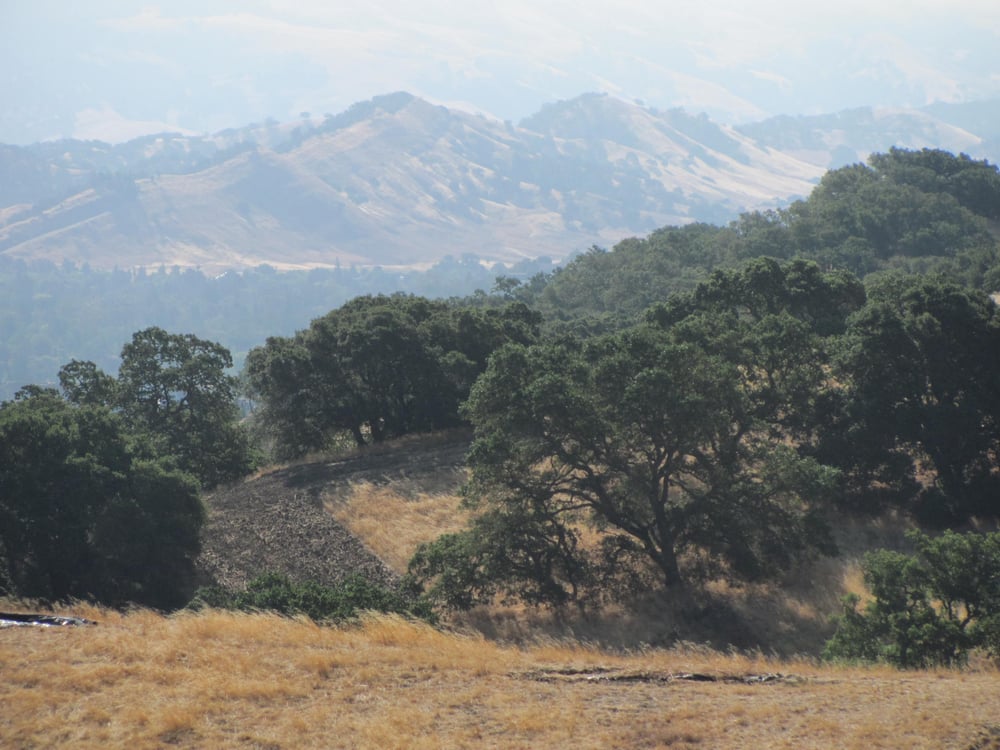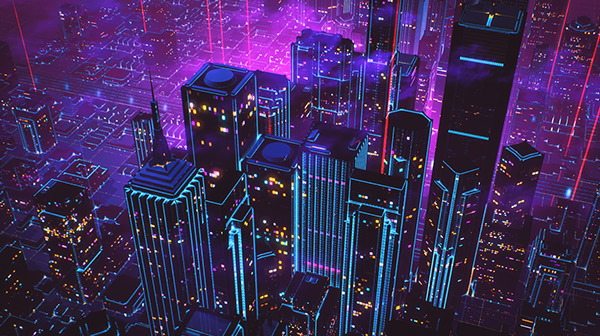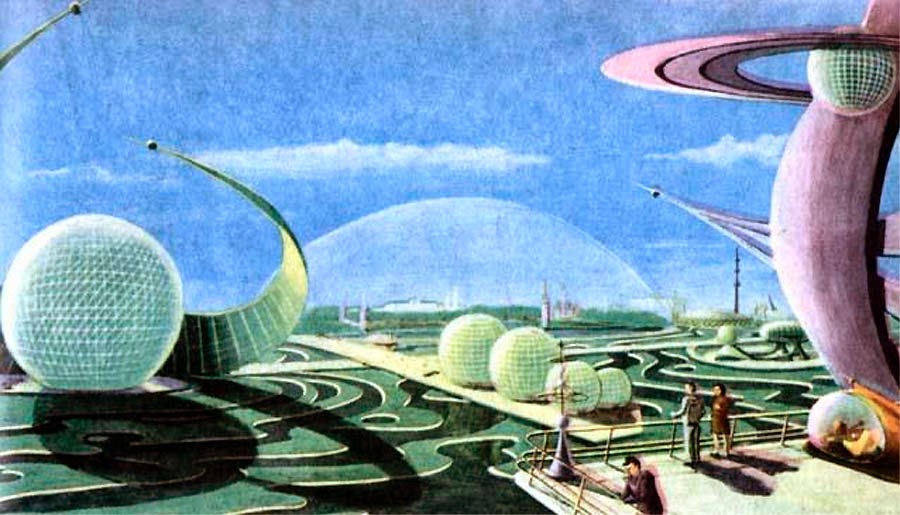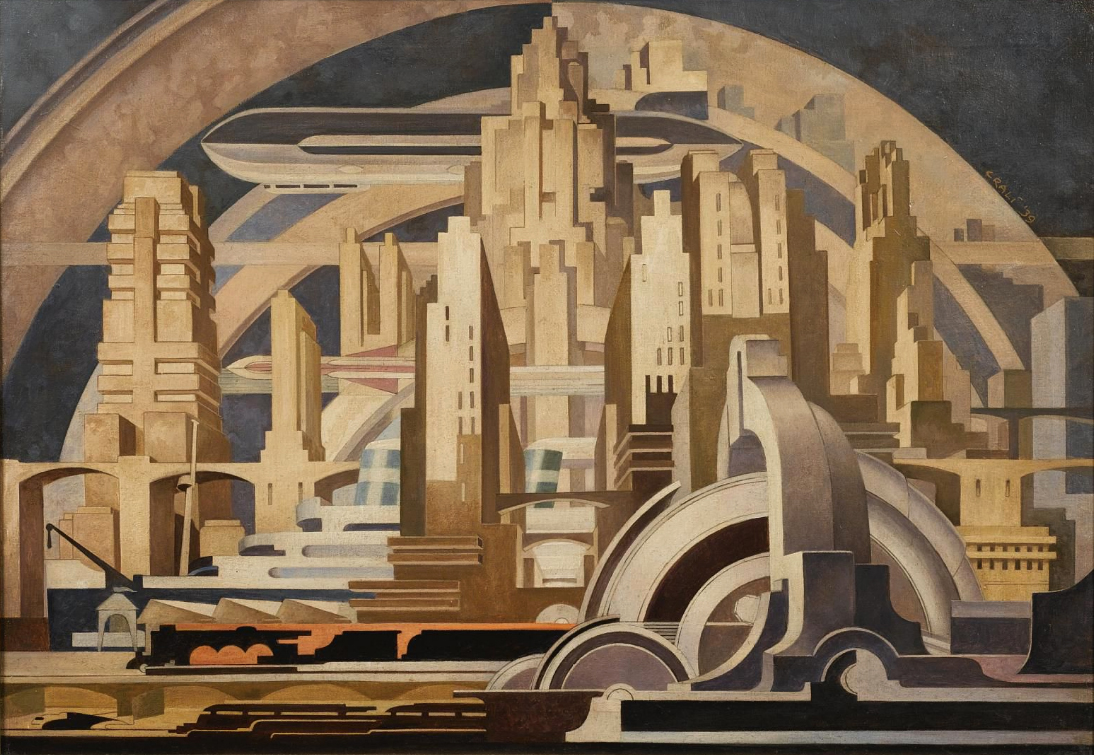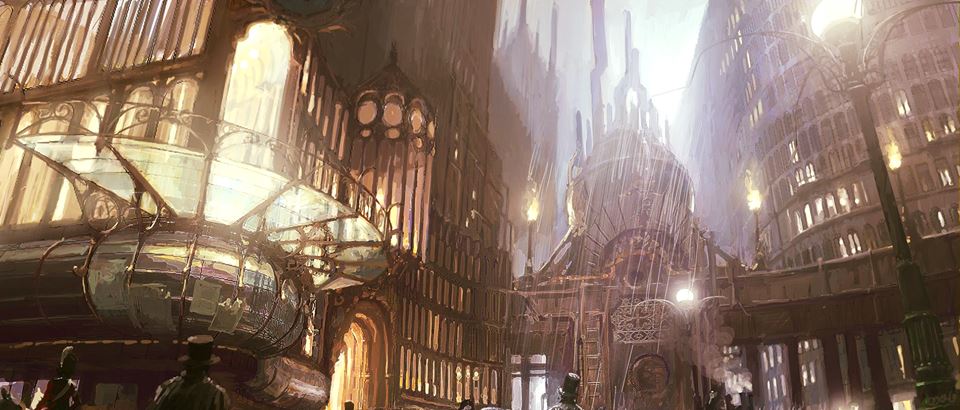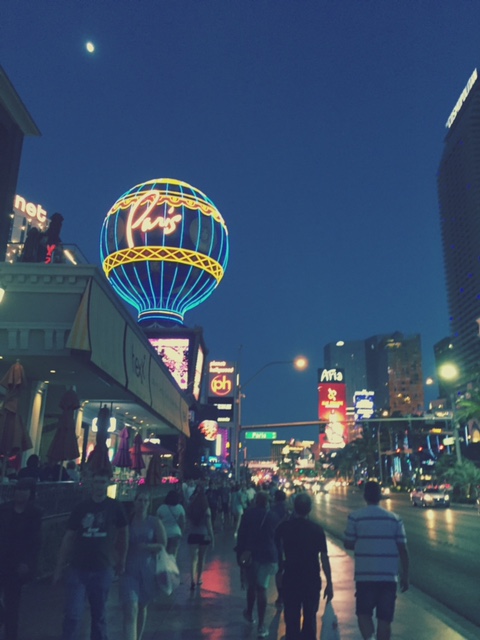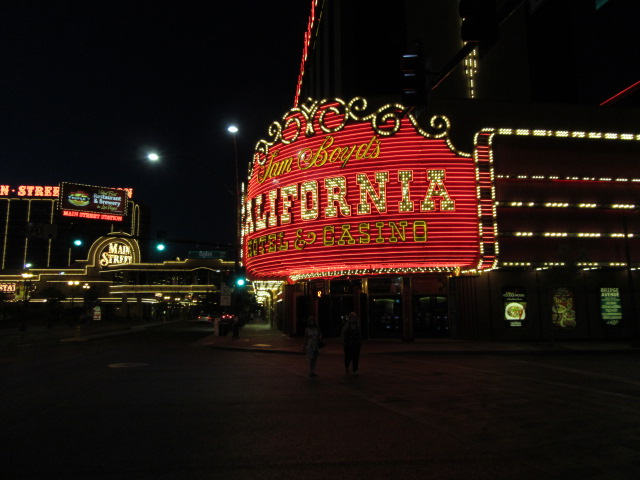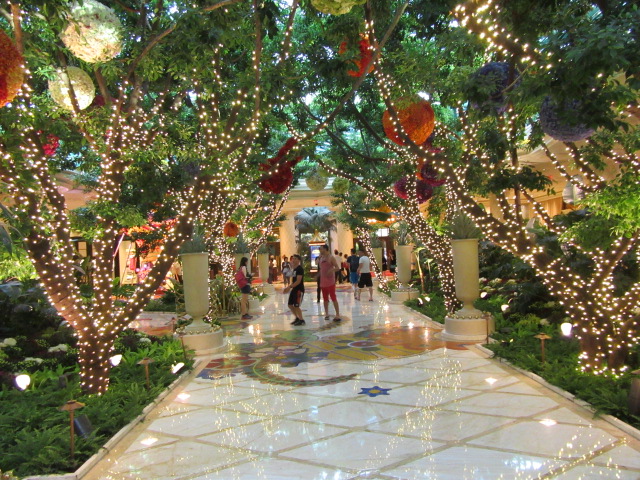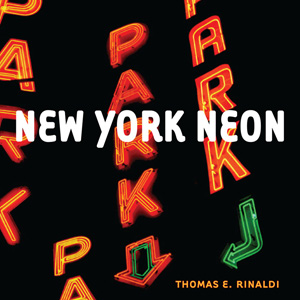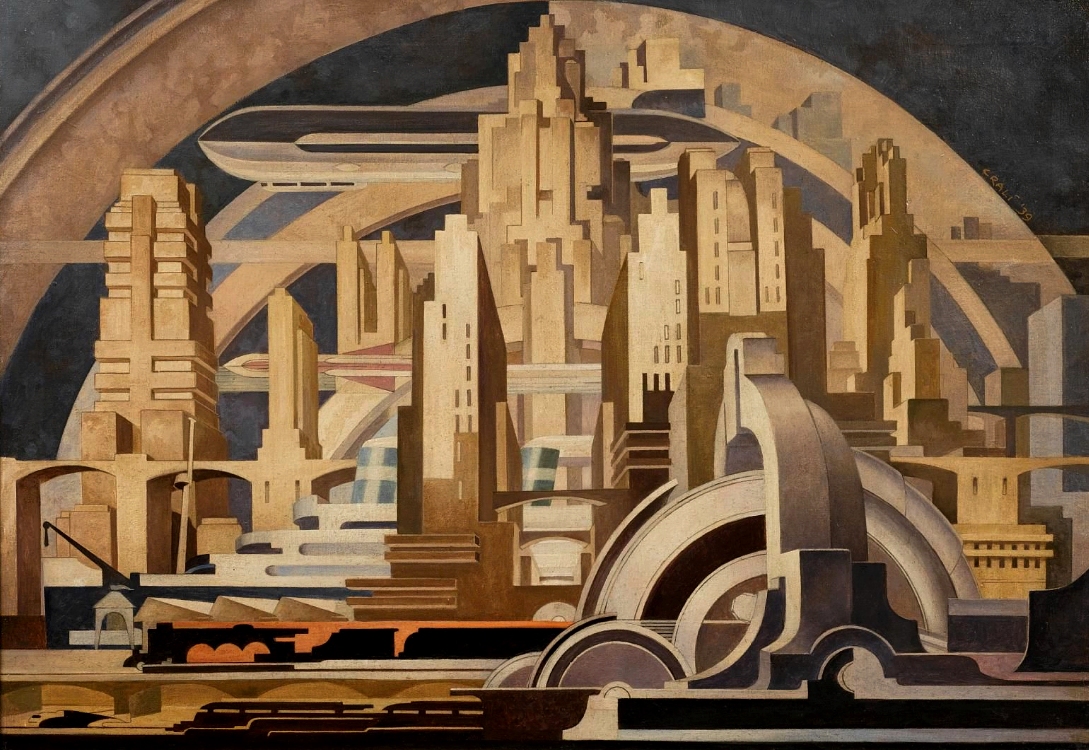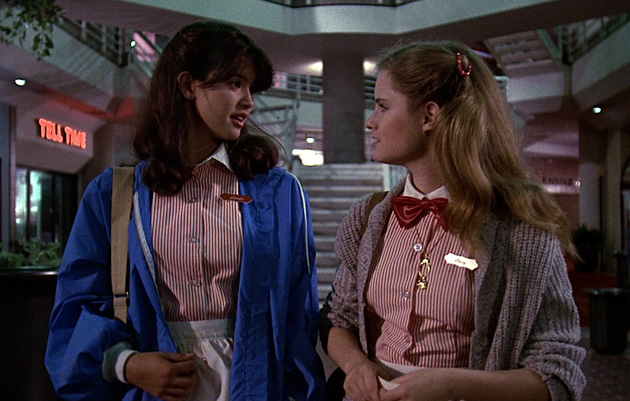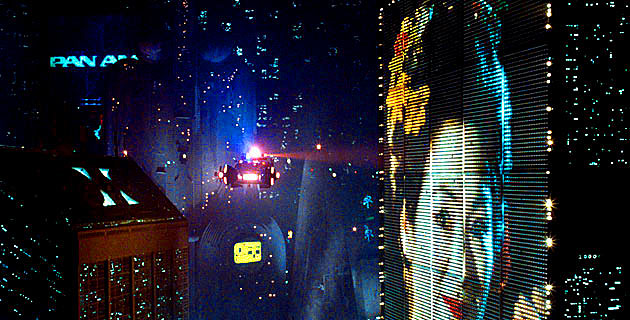Robert Stark discusses the films Mishima: A Life in Four Chapters and Taxi Driver
Topics include:
Paul Schrader, who wrote both films, and directed Mishima
Schrader as a subversive non-conformist who exists within Hollywood culture
The theme of alienation in both films
The Nietzschean theme of a weak man empowering himself
The life and legacy of Yukio Mishima
How both Yukio Mishima and Travis Bickle in Taxi Driver are similar archetypes, existing in different environments
How both characters are aristocratic individualists, who envision an ideal world that is at odds with their current situation
An Aristocratic Individualist is someone who follows their own path instead of submitting to societies standards
Aristocratic Individualism is about having a clear vision for an ideal society, rather than individualism in the sense of everyone doing what ever they want
Examples of Aristocratic Individualists include, J. R. R. Tolkien, Aleister Crowley, Oscar Wilde, H. L. Mencken, David Lynch, Richard Wolstencroft, Salvador Dalí, Jonathan Bowden,Ernst Jünger, and Friedrich Nietzsche
The theme of romantic rejection, and the corrupting nature that sex plays in both films
Mishima’s story, The Temple of the Golden Pavilion
How Aristocratic Individualists resent that they are being denied their rightful place in society, and the normie response that it’s a coping mechanism for losers
How Aristocratic Individualists take actions that can lead to either greatness or alienation
How Yukio Mishima rebelled against Japan’s process of modernization and Americanization
The scene where Yukio Mishima spoke to leftist college students, stating that he is fighting against the same forces they are, but they dismissed them
The parallels to to how European New Right thinkers such as Alain de Benoist share views with the dissident left( ex. anti globalization, anti-consumerism, anti-imperialism, and pro-environment)
How Yukio Mishima was dismissed in his time, but dissidents are later validated in times of turmoil
Mishima’s Japanese minimalist aesthetic vs. Taxi Driver’s urban grittiness of 70’s New York City
New York Neon: Taxi Driver locales in Time Square, and “porn tourism,” which seeks out the remnants that have survived gentrification
The Neo-noir genre
The Retro-futurist theme in Mishima, combining ancient Japanese culture with the 80’s vision of the future(Vaporwave)
Eiko Ishioka, who was the art director for Mishima
The fantasy dream sequences in Mishima, and the dream like quality to 80’s films which are the essence of art
Bernard Herrmann‘s Jazz score for Taxi Driver, which captures the feeling of alienation and urban grittiness, and Philip Glass‘s minimalist classical score for Mishima
Aristocratic Individualist Fashion style including designer Comme des Garçons and the director John Waters
Click Here to download!
Check out Robert Stark’s Paintings!

